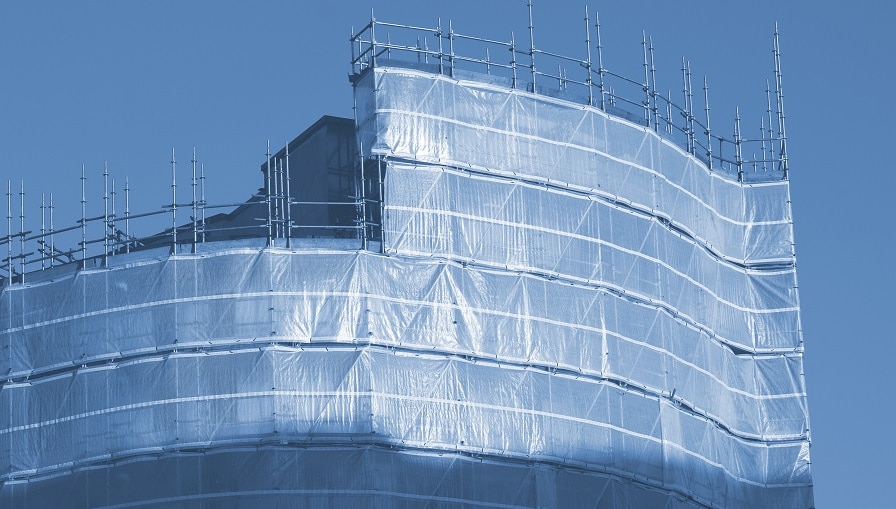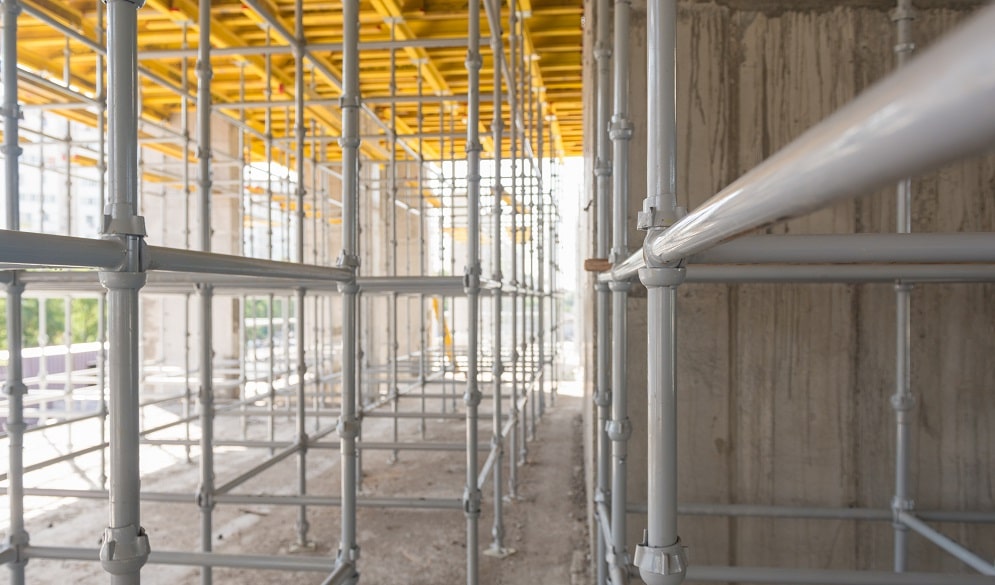If you work in construction, you are in one of the most dangerous, injury- and accident-prone industries. Compared to other sectors, construction jobs pose a higher risk of suffering workplace injuries. According to recent reports from the HSE, the construction industry makes up the majority of work-related fatalities. On average, there are up to 30 construction-related deaths each year.
This goes to demonstrate that the construction industry does suffer the highest accident rates. Although not all accidents are fatal, protection is crucial at all times. You must take the right protective measures to keep yourself safe while on site. Compiled below are our 12 best tips on how you can avoid accidents and injury as a construction worker.
1. Keep away from operating machinery
Workers who are in between shifts tend to gather in a particular area. This is only an issue when you stand close to operating machinery. While you might get away with doing it, it’s advisable to avoid such gatherings. It is recommended that you avoid machinery that is in use.
2. Inspect equipment and tools regularly
Without the right tools and types of equipment, it would be difficult to complete your work efficiently. Working with faulty or damaged tools is simply an accident waiting to happen. So, regularly inspect your tools and equipment, to ensure that they are not defective and will not malfunction. Identifying faulty tools and equipment is a key part of your job role.
3. Always have PPE on
Before you get on a project site, make sure that you have the required personal protective equipment (PPE) on. This is one of the most cost-effective and easiest ways to stay safe and prevent on-site injuries. In the event of an accident, PPE is your last line of defence. Your protective gear must include gloves, eye protection, safety helmet and boots, and high-visibility clothing. You may add respiratory masks, chemical suits, and soundproof earmuffs for extra protection. Study the PPP at Work Regulations of 1992 for more information on correct work gear.
4. Do not use damaged equipment
It’s not advisable to operate faulty equipment. You’re most vulnerable to injuries when you use malfunctioning equipment. It is not unusual for construction workers to use available equipment, even if it is not completely functional. Damaged parts such as frayed cables, cords, and harnesses can cause the operator serious injury.
5. Always lift objects properly
Backaches and headaches are the two major problems construction workers experience. The considerable pain and discomfort can prevent you from completing your tasks. To prevent such a scenario, you must bend your knees when lifting heavy objects. Remember not to twist from side to side. It is also important to keep one leg positioned in front of the other, so your body is balanced and you have more ground space to lift from.
6. Report near misses and defects
If you notice a problem, it should not be ignored. Report all issues to your supervisor, so the problem gets the necessary attention. Resolving issues as they arise is critical for maintaining an accident-free work environment.
7. Keep work areas neat
It would be unrealistic to keep a construction site super tidy and clean, but you can greatly reduce the risk of an accident occurring by simply putting away materials and tools properly. Toxic materials, loose nails, debris and unattended tools lying around can cause accidents. It is also important that walkways are kept clear at all times because something as simple as a brick can cause you to trip while carrying heavy or dangerous equipment.
8. Complete health and safety training
You must undergo the necessary health and safety training as a construction worker. Familiarise yourself with the risk associated with your job, especially if you work at height or with heavy machinery in confined spaces. It is also recommended that you have relevant first aid training. NEBOSH’s construction course offers extensive knowledge of health and safety measures to prevent accidents. Completing a course like this would help you stay safe as a construction worker.
9. Keep your first aid kit updated
An outdated first aid kit is no first aid kit at all because the medicines and supplies in it may expire. First aid kits should be updated regularly. Accidents can happen, especially in an accident-prone industry, like construction. An updated first aid kit helps you prepare for emergencies. You must have gauzes, bandages, painkillers, disinfectants and ointments in your kit.
10. Be careful when climbing off and on equipment.
Falling while mounting or descending from equipment is a common cause of accidents on worksites. Before making the climb, we recommend you get mud cleaned off your boots and wear gloves so your grip is decent. Also, use a three-point stance that helps you maintain your balance. Also, try not to overextend yourself or carry heavy items when climbing on or off machinery. One thing you should avoid the most is jumping off equipment.
11. Make use of technology
In today’s fast-paced world, technology is part of our daily lives. Virtually every adult in the country has at least one smartphone. Smartphones come equipped with numerous applications with a variety of specialised functions. For example, the StaySafe app, which can be installed on your smartphone, can help you work in a safer and more efficient manner. The StaySafe app includes relevant features ideal for construction work such as man down warnings, panic buttons, low battery alerts, and non-movement warnings. This app makes it easy for supervisors to monitor their workers and keep them safe while they work. Furthermore, the StaySafe app allows users to share risk assessment reports and manage projects.
12. When in doubt – ask
It is better to be safe than sorry. Even a tiny mistake on construction sites can be fatal. Therefore, if there is anything you are unclear about, don’t hesitate to talk to your project supervisor about it.














